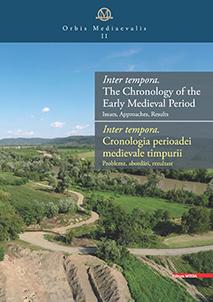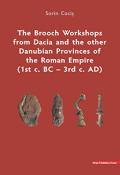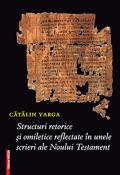
Cuprins | Contents
Foreword
The list of participants
Ioan Stanciu
The Decoration of Wheel-thrown Pottery and its Chronological Uses (7th–9th/10th Centuries). Case Study: the Pottery from North-West Romania
Călin Cosma
The Avar Presence in Transylvania Chronology. Motivation. Territorial boundaries
Emilia Corbu
Considerations Regarding the Archaeological Chronology and the Dating of Early Medieval Settlements in the Bărăgan Plain (8th–11th Centuries)
Cristina Paraschiv-Talmaţchi
The Contribution of Pottery to Determining the Relative Chronology of the Early Medieval Sites in Dobrudja
Daniela Tănase
The Relative Chronology of the Early Medieval Settlement in Susani “Săliște” (Timiș County) from the Perspective of the Discovered Pottery
Adrian Ioniţă
Issues Regarding the Chronology of Turanic Graves from the Area between the Lower Danube, the Carpathians, and the Dniester, Dated to the 10th–13th Centuries
Erwin Gáll, Attila Türk, Szabolcs Nagy, Sarah Peter, Ferenc Wanek
Can One Use the Results of 14C Analyses to Perform Historical Interpretations? The Case of the 10th century Funerary Site in Cluj-Napoca-Zápolya Street
Aurel Dragotă, Mihai Blăjan
Graves with military equipment from the necropolis in Alba-Iulia “Statia de Salvare” (1979–1981), horizon II
Keve László
Habitation Traces From the Age of the Árpáds on the Boundary of Sângeorgiu de Mureş
Miklós Takács
Some Considerations at the End of a Big Settlement-Project
Abbreviations






































